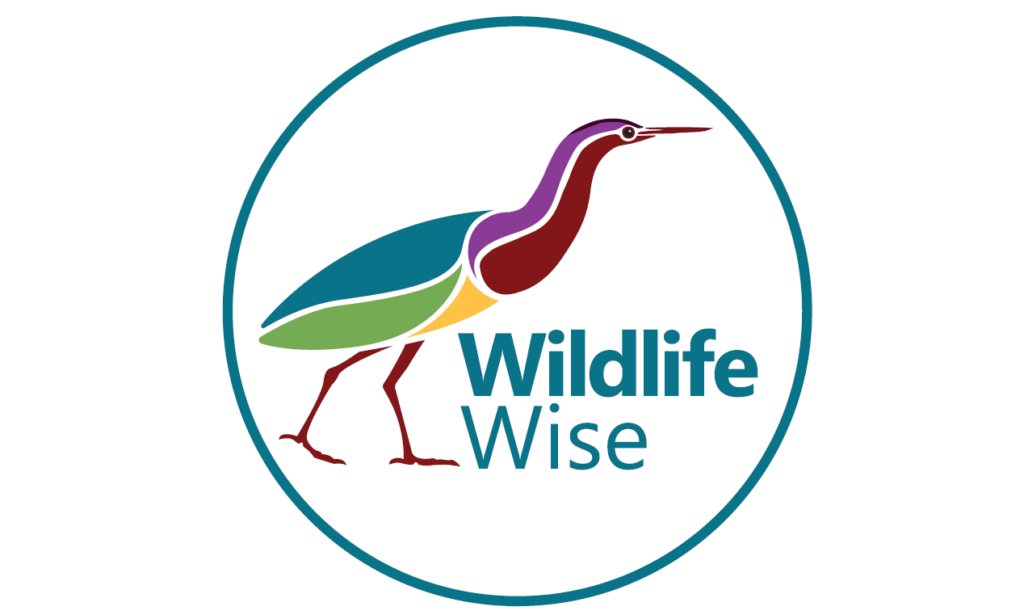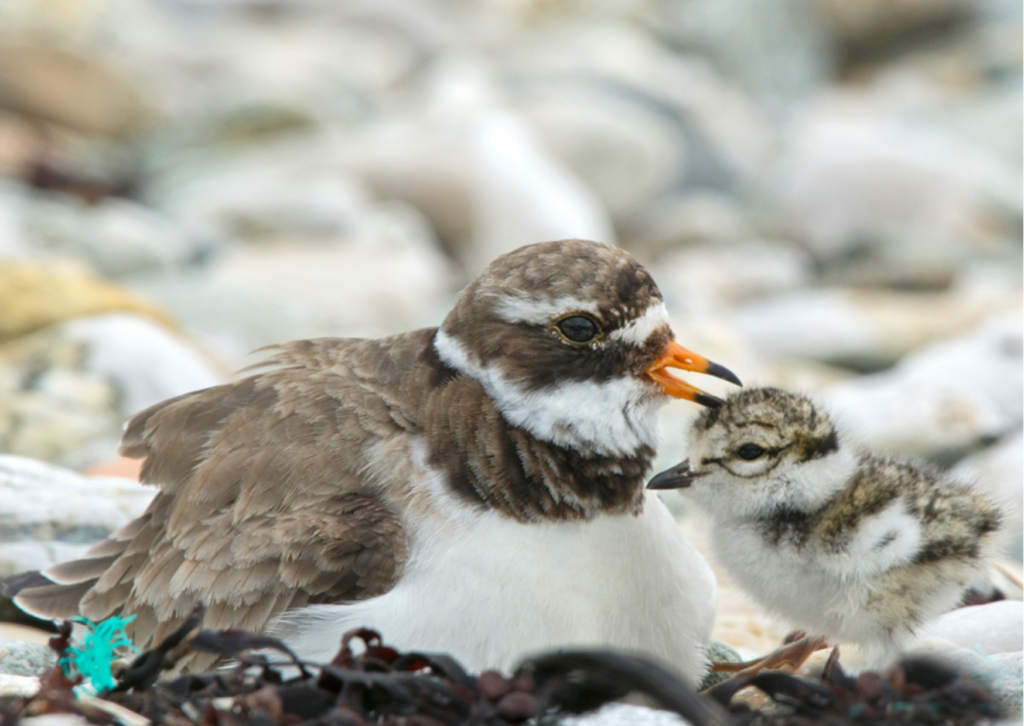A project working with local residents and visitors to prevent disturbance and damage to wildlife and habitats along the Suffolk Coast has been given a fresh new look.
Wildlife Wise, the new brand for the Suffolk Coast Recreational Disturbance and Mitigation Strategy (RAMS), was launched during a recent tour of some of the Suffolk Coast’s most important and sensitive habitats and wildlife areas.
The Suffolk Coast’s special habitats and wildlife make it an incredible place for local residents and visitors and also has several international-level designations which reflect its beauty and importance. These designations include Special Protection Areas (SPA) designated for the area’s rare birds, Special Areas of Conservation (SAC) designated for rare habitats, plants and invertebrates, and also Ramsar Sites which are wetlands of international importance.
Outdoor recreational activities such as walking, running, cycling, dog walking, paddle-boarding, boating and kitesurfing along the Suffolk Coast can unintentionally damage habitats and disturb birds and other wildlife, which have not evolved to deal with the large numbers of people using these areas.

Wildlife Wise is encouraging people to enjoy nature and share these spaces with wildlife by followings some simple steps:
- Keep you and your dog on the path. Many birds nest on the ground in the areas around estuaries, beaches, heathlands and grasslands. The birds will often be well camouflaged, and both you and your dog can easily scare adult birds away from their nests or you could step on chicks without realising.
- In autumn and winter, birds have often travelled thousands of miles to spend the winter on the Suffolk Coast feeding and resting. Therefore, it’s important to keep dogs on the path, or on a short lead if you need, to prevent nesting and breeding birds from being disturbed and reducing their chances of survival.
- Avoid walking on plants on beaches.
- Do not allow your dog to chase wildlife or farm animals.
- Always clean up after your dog – dog mess can damage habitats and can cause disease.
- Follow any signs which are there to protect you, your dog and wildlife, or to allow land management, nature conservation or farming work to be carried out easily and safely.
Wildlife Wise aims to prevent additional recreational pressure on these important coast and heathland sites. As part of the project, engagement and educational activities will be developed to work with communities and visitors to the sites. The first two Wildlife Wise rangers will be out visiting these wildlife sites and speaking with people within the next few months.
Cllr Kay Yule, East Suffolk Council’s cabinet member for Planning and Coastal Management said: “Wildlife Wise will help to raise awareness of the importance of protecting these sites for birds and other wildlife and show how everyone can play a part in cherishing, respecting and protecting wildlife and habitats along the Suffolk Coast.
East Suffolk has miles of stunning coastline which offers a wealth of opportunities for residents and visitors to explore and pursue leisure activities to benefit their health and wellbeing however we want to help people enjoy these areas without impacting on the local wildlife.”
Cllr Carole Jones, Ipswich Borough Council Portfolio Holder for Planning and Museums, said: “As Suffolk continues to flourish as a destination for a variety of recreational activities, this partnership is an important step in ensuring our coastline’s habitats and wildlife are protected.
“Although many wouldn’t associate Ipswich with the coastline our 470-acre Orwell Country Park opens out onto the tidal Orwell estuary which is of international importance for wildlife, providing habitats for approximately 50,000 over-wintering geese, wading birds and fish that are attracted by the vast numbers of invertebrates living in the mudflats. The estuary is designated as a Special Protection Area (SPA), a Site of Special Scientific Interest (SSSI) and as a Ramsar site.
“This collaborative approach means we can work together to engage and guide visitors at all our protected areas to positively change and build behaviours to protect and conserve nature.”
Cllr Sallie Davis, cabinet member for heritage, planning and infrastructure at Babergh District Council said: “This partnership has already proved valuable for our wildlife and habitats in Babergh. It enabled fencing to be put in place to create safe havens at Shotley for ground-nesting birds and, ringed-plover chicks have hatched as a result. This is a great success and just one of the ways this partnership will benefit our area.”
Cllr Andrew Stringer, cabinet member for heritage, planning and infrastructure for Mid Suffolk District Council, said: “We enjoy the benefits of having Suffolk’s beautiful coast on our doorstep and want to encourage people to continue to visit, but we must also do everything we can to protect wildlife and habitats. This partnership helps that goal, and we look forward continuing this collaborative approach.”
Simon Amstutz, from Suffolk & Essex Coast & Heaths National Landscape, said: “It is great to see the superb new branding and the scheme will be an incredible boost to help everyone to enjoy the outstanding coast while ensuring wildlife can thrive.”
Jo Wright, Natural England manager for Suffolk, said: “We are delighted with the success of the protective fencing for ground nesting birds in Shotley. Due to previous disturbance, this is the first time Natural England has recorded breeding ringed plovers in East Suffolk. We’re hopeful that this will be the first of many more ringed plover and oystercatcher chicks in the future.”

The new Wildlife Wise brand logo features a bittern, a bird once extinct in the UK which has made a resurgence, with the bittern population on the Suffolk Coast playing a huge part in the conservation success story.
One of the first projects initiated through the project has already started to benefit local wildlife. Funded by Wildlife Wise and led by the Suffolk & Essex Coast & Heaths National Landscape and Natural England, two sections of protective fencing were installed on the estuary beach in the Shotley area last spring.
This was to protect birds from high numbers of walkers and dogs. There had previously been too much disturbance for breeding success however in the first year since the fencing has been installed, two ringed plover chicks were born and an oystercatcher on her eggs was also spotted.
This year, four ringed plover chicks were spotter by a volunteer, with two nesting pairs now in the area. This, along with the sighting of an oystercatcher chick, demonstrates how positive this project could be for wildlife on the Suffolk Coast.
Earlier this month, councillors from the partnership councils were taken on a tour of the Shotley Peninsula mitigation project, Orwell Country Park, Sutton Heath and Shingle Street.

